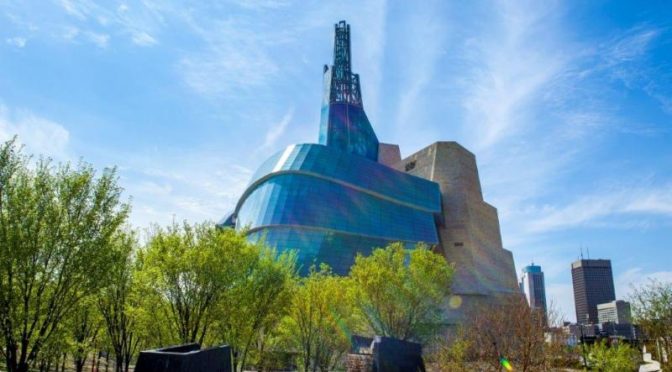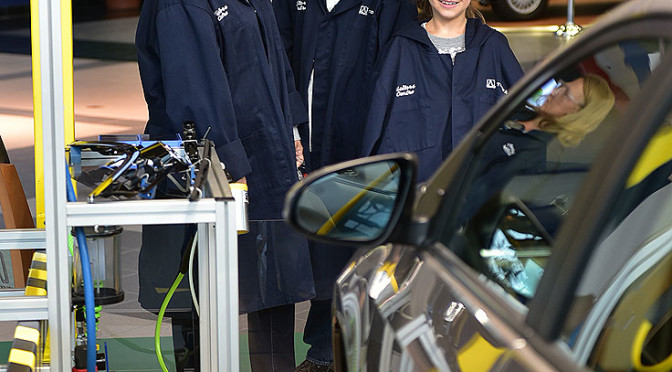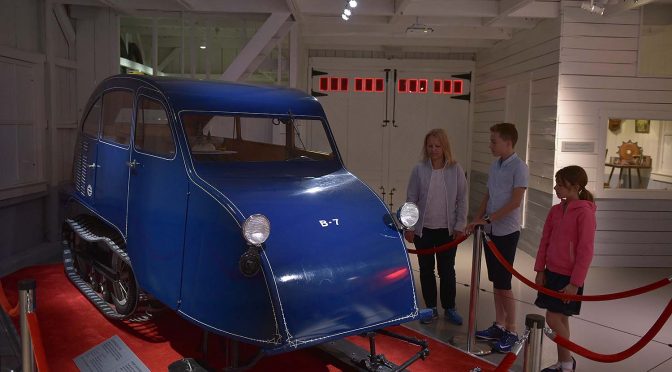Tag: human
-

Spring into human rights at the Museum
—
by
New two-day ticket for tourists, diverse programs, expanded hours Winnipeg – May 16, 2019 – The Canadian Museum for Human Rights (CMHR) is set to spring into the tourism high season this weekend with expanded hours, diverse programs and a new two-day ticket for summer visitors. “Many out-of-town visitors have told us that one day is not enough…
-
New exhibition opens on International Human Rights Day
—
by
New exhibition opens on International Human Rights Day Free admission, Inuit drumming, curator talk on December 10 Winnipeg – December 7, 2017 — A new exhibition at the Canadian Museum for Human Rights brings human rights stories to life using interactive technology from different eras in Canadian history. Rights of Passage: Canada at 150 invites…
-

Toyota Cambridge Assembly Plant Tour
—
by
Toyota Cambridge Assembly Plant Tour It all started with the usual long, one-hour drive out of Toronto, but soon we were there. As we headed in to the visitor centre we discussed our first impressions. Inside the centre we found many exhibits of the Toyota history and models of the past and present. After a…
-
Canadian Museum for Human Rights (CMHR) Fall 2015 News
—
by
New play-based exhibit for children on its way to CMHR Magna Carta exhibition closes after welcoming over 11,000 visitors Winnipeg – September 24, 2015 – The Canadian Museum for Human Rights (CMHR) is getting ready to welcome a new hands-on exhibit for children next month after bidding farewell to Magna Carta. “XOXO: An Exhibit About…
-
Canada Day at our new national museum: human rights come alive
—
by
Winnipeg – June 26, 2015 – Human rights come alive at Canada’s new national museum on July 1 with music and family-friendly programming throughout the day. The Canadian Museum for Human Rights (CMHR) will offer musical performances, participatory activities, a scavenger hunt, as well as tours and programs designed to spark thought and conversation about…
